
NPS Vegetation communities found in Yellowstone National Park reflect underlying geology, climate conditions and disturbances created by fire, roads and developments, grazing/browsing, non-native species, and a changing climate. In addition to nearly 1,350 native vascular plant species, 217 non-native plant species have been documented in the park. The Vegetation and Resources Management staff inventory, monitor, manage and conduct research on the vast array of plant communities in Yellowstone. These include invasive, non-native plant inventory and control, wetland communities and rare plant survey and protection, vegetation monitoring and ecological restoration, hazard tree management, and aquatic invasive species prevention from establishment in park waters. The Vegetation and Resources Management Branch includes the following programs:
Publications & Articles

Plants
Yellowstone's plants include species typical of the Rocky Mountains, the Great Plains, and the Intermountain region. 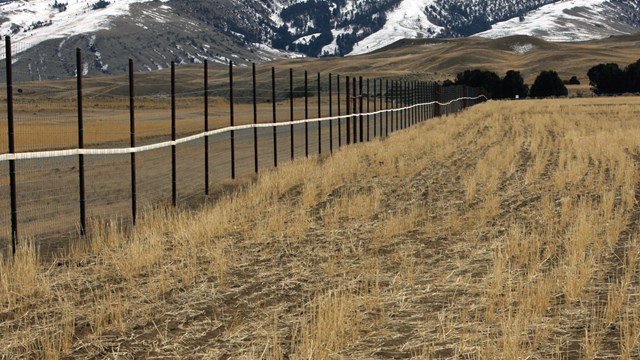
Restoring Native Plants
Park managers are restoring native vegetation to this area, following recommendations of arid land restoration specialists. 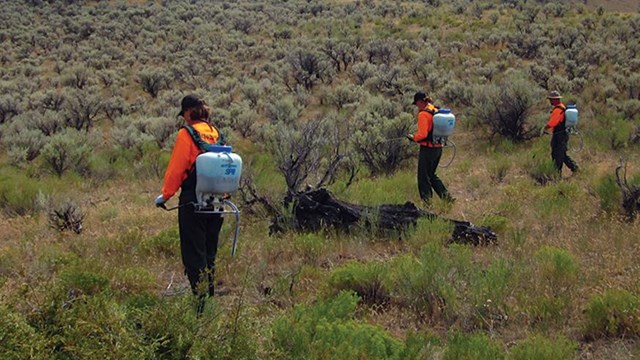
Invasive Plants
Invasive plants can displace native plant species, change vegetation communities, affect fire frequency, impact wildlife. 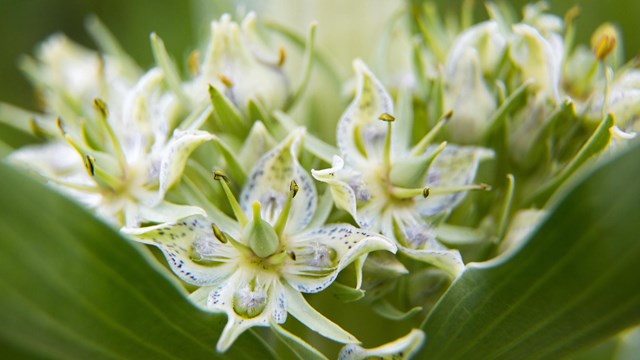
Herbarium
The herbarium specimens document the presence of plants in the park over time and the history of plant collecting in the park. 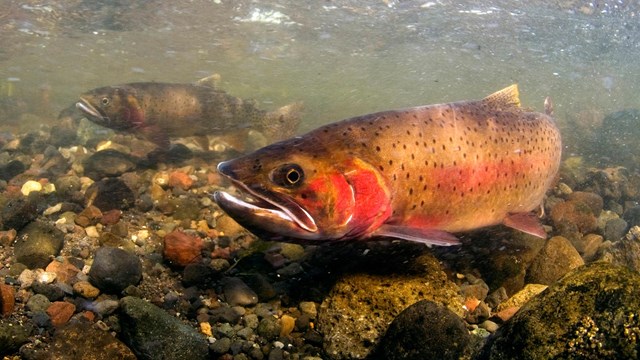
Fish & Aquatic Species
Native fish underpin natural food webs and have great local economic significance. 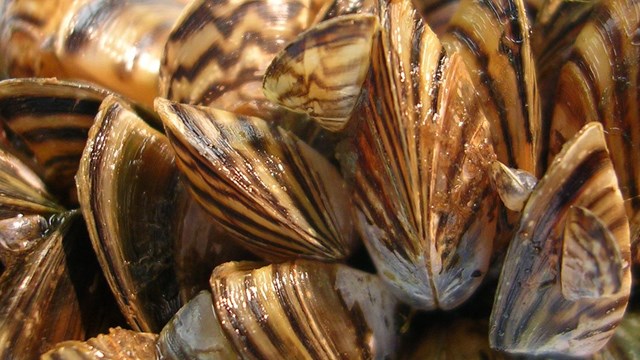
Clean, Drain & Dry
Prevent damaging aquatic invasive species from reaching Yellowstone. |
Last updated: April 18, 2025
